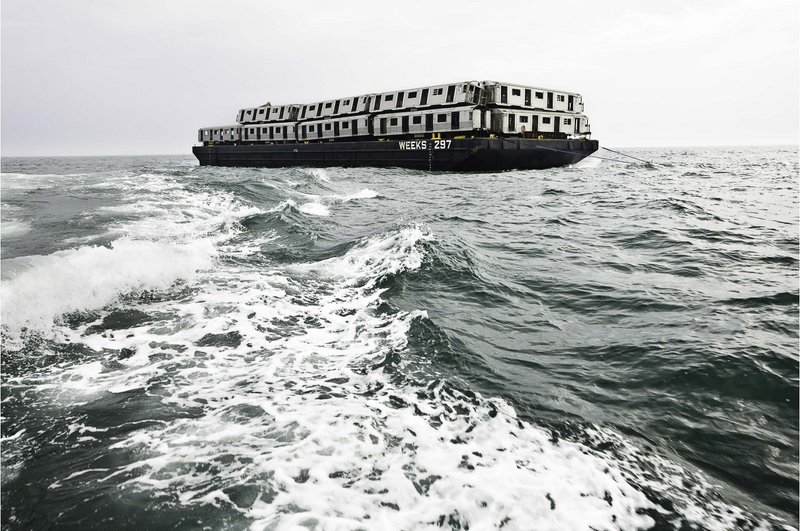18. Decommissioned Subway Cars Have Been Turned into Artificial Reefs

Where do subway cars go when they have run their course on the tracks? From 2001 to 2010, 2,580 cars were dumped into the Atlantic Ocean. This may sound bad, but it is part of a process called artificial reefing. This occurs when underwater habitats are formed around sunken manmade objects. It is a long-time marine practice that dates back to the early nineteenth century when boats were dropped into the sea. Since then, the practice has continued with items like school buses, refrigerators, subway cars, and even porcelain toilets from New York City school buildings.
Artificial reefing with subway cars started with the mass decommissioning of “Redbird” and “B-Division/Brightliner” cars in the early 2000s. The cars were cleaned, stripped to the shell, and barged from the Harlem River to their final resting places in the Atlantic, off the coasts of New Jersey, Delaware, Maryland, Virginia, South Carolina, and Georgia. The process has proved beneficial to the ocean environment, which now has been miles of artificial reefs that foster spawning and growing fish and the MTA, which saved $30 million in car disposal costs.
The reefing program came to a close on Earth Day in 2010. Though it was a cost-effective method of disposal in the past, according to the New York Transit Museum, “it may not be as efficient going forward given New York City Transit’s current standard of decommissioning only a few cars at a time.” Over the course of two years, photographer Stephen Mallon documented the artificial reefing which began in the 207th Street Overhaul Shop in Inwood, Manhattan. Nineteen of his large-format photographs, many being exhibited for the first time, are currently on display at the New York Transit Museum’s Grand Central Gallery in the exhibit: “Sea Train: Subway Reef Photos by Stephen Mallon.” Mallon previously displayed a selection of his photographs an exhibit entitled Next Stop Atlantic, in the Lower East Side Front Room Gallery. You can learn more about Mallon’s work and the new exhibit here.





